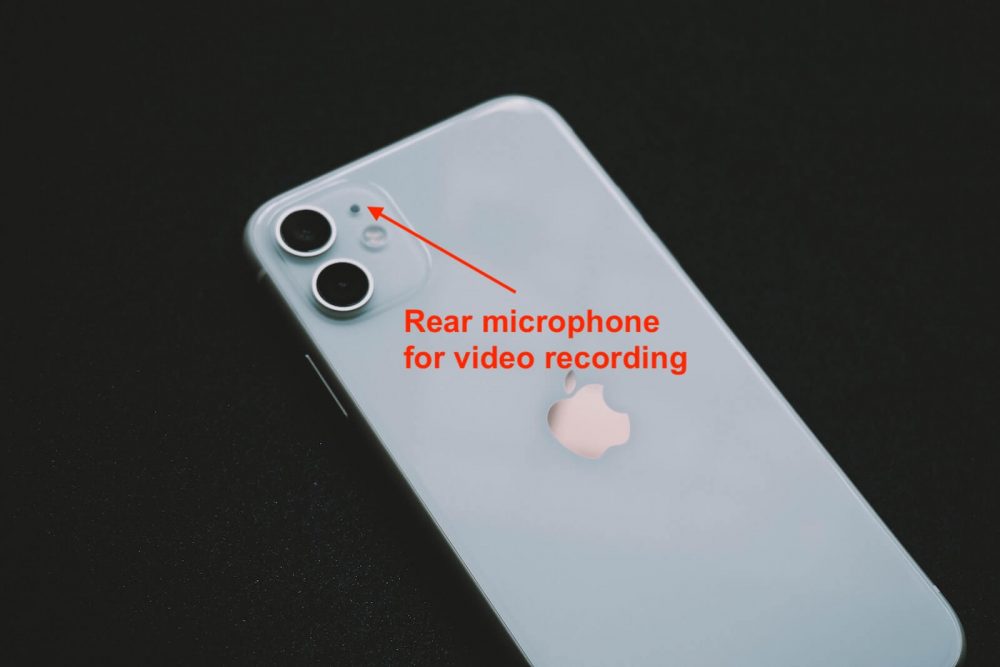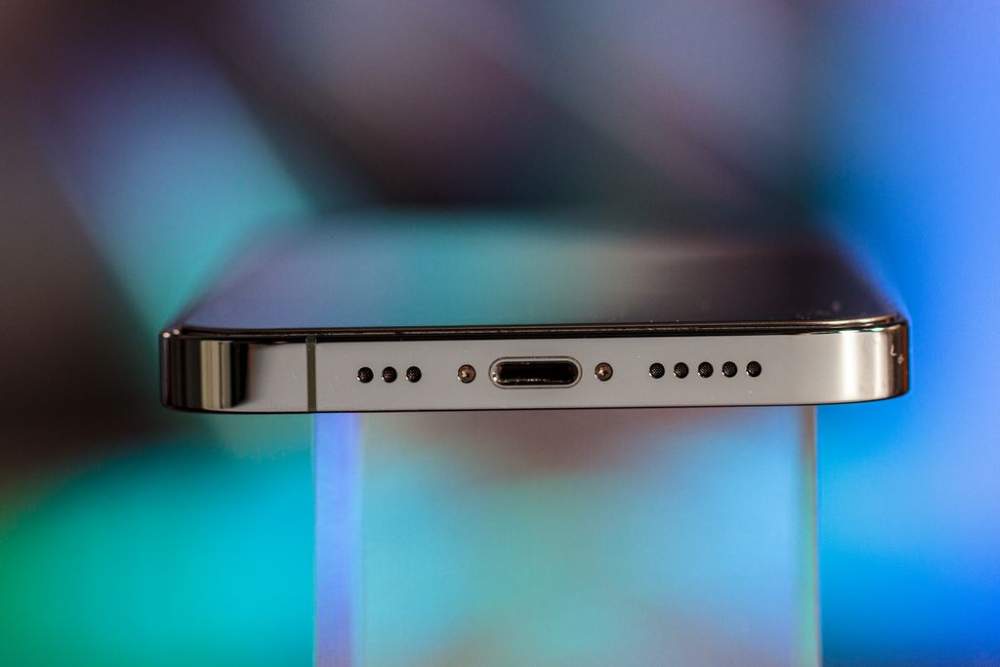Looking to expand your iPhone’s storage capabilities? Wondering how to use a SD card reader on iPhone? Well, you’re in luck! In this article, we will guide you through the simple steps of using a SD card reader on your iPhone. No need to worry about limited storage space or transferring files between devices anymore. With this quick and easy solution, you’ll be able to conveniently access and manage your files on the go. So, let’s dive right in and explore how to use a SD card reader on iPhone!
Table of Contents
How to Use an SD Card Reader on iPhone
In today’s world, where smartphones have become an integral part of our lives, the need for additional storage has become more important than ever. iPhones, while offering ample internal storage, sometimes fall short when it comes to accommodating extensive media libraries or large files. This is where an SD card reader can come to the rescue!
If you’re wondering how to use an SD card reader on your iPhone, you’ve come to the right place. In this comprehensive guide, we’ll walk you through the steps on how to seamlessly use an SD card reader with your iPhone, allowing you to conveniently expand your storage capacity and effortlessly transfer files. So let’s dive in and unlock the potential of your device!
Section 1: Understanding SD Card Readers
Before we jump into the nitty-gritty of using an SD card reader with your iPhone, let’s start by understanding what an SD card reader is and how it works.
An SD card reader is a small device that allows you to connect an SD (Secure Digital) card to your iPhone. SD cards are commonly used to store photos, videos, and other files, and they offer a portable and flexible storage solution. SD card readers typically come with a Lightning connector that plugs directly into your iPhone, allowing you to access and transfer files from the SD card to your device.
Section 2: Compatible SD Card Readers
Not all SD card readers are compatible with iPhones. To ensure smooth functionality, it’s important to invest in a card reader that is specifically designed for iPhone compatibility. Here are some popular SD card readers that work seamlessly with iPhones:
- Apple Lightning to SD Card Camera Reader: This official Apple accessory is a reliable choice, offering hassle-free file transfers from your SD card to your iPhone.
- HooToo SD Card Reader: This versatile card reader supports a wide range of SD card formats and provides high-speed data transfer.
- RAVPower Lightning SD Card Reader: With its compact design and wide compatibility, this card reader is a popular choice among iPhone users.
Section 3: Steps to Use an SD Card Reader on iPhone
Now that you have a compatible SD card reader, let’s go through the step-by-step process of using it with your iPhone.
- Begin by inserting your SD card into the card reader.
- Connect the Lightning connector of the SD card reader to the Lightning port on your iPhone.
- Your iPhone will automatically recognize the connected SD card reader, and a prompt may appear asking for your permission to access the photos or files on the SD card. Tap “Allow” to proceed.
- Open the built-in “Files” app on your iPhone. If you can’t find it, swipe down on the home screen and enter “Files” in the search bar.
- In the “Files” app, you’ll see the SD card reader listed under the “Locations” section. Tap on it to access the files stored on your SD card.
- Browse through the files and folders on your SD card and select the ones you want to transfer to your iPhone. You can select multiple files by tapping on them.
- Once you’ve selected the desired files, tap on the “Share” icon (usually represented by a square with an upward arrow) in the bottom-left corner of the screen.
- Choose the destination where you want to save the files on your iPhone, such as the Photos app or a specific folder. You can also create a new folder to organize your files.
- Tap “Save” or “Copy” to initiate the transfer. The selected files will be transferred from the SD card to your iPhone.
Section 4: Managing Files with an SD Card Reader
Using an SD card reader with your iPhone not only allows you to transfer files but also helps you manage them efficiently. Here are some useful tips for managing files with an SD card reader:
- Create folders: Organize your files by creating folders in the “Files” app, making it easier to locate and access specific files.
- Copy and move files: Use the “Files” app to copy or move files between folders, whether on your iPhone or SD card.
- Delete unwanted files: If you no longer need certain files, you can delete them directly from the “Files” app to free up storage space.
- Stream media files: With the help of compatible apps, you can directly stream media files from your SD card, such as watching movies or listening to music without having to transfer them to your iPhone.
Section 5: Ejecting the SD Card Reader
After you have finished using the SD card reader, it’s essential to safely eject it from your iPhone to avoid any potential data loss or damage. Follow these steps to properly eject the SD card reader:
- In the “Files” app, tap on the “Browse” tab located at the bottom of the screen.
- Under the “Locations” section, find the SD card reader that is currently connected to your iPhone.
- Swipe left on the SD card reader and tap the “Eject” button that appears. Alternatively, you can also tap the “…” (more) button and choose “Eject” from the options.
- Wait for your iPhone to confirm the ejection, and once done, you can safely unplug the SD card reader from the Lightning port.
Section 6: Troubleshooting Tips
While using an SD card reader on your iPhone is generally a straightforward process, you might occasionally encounter some issues. Here are a few common troubleshooting tips to help overcome any challenges:
- Check compatibility: Ensure that your SD card reader is compatible with your iPhone model and iOS version.
- Clean the connection: Dust or debris on the SD card reader or Lightning port can affect connectivity. Gently clean both the SD card reader and Lightning port before reinserting.
- Restart your iPhone: Sometimes, a simple restart can resolve connectivity issues. Try restarting your iPhone and reconnecting the SD card reader.
- Update iOS: Keeping your iPhone’s operating system up to date ensures compatibility with the latest accessories. Check for any available iOS updates and install them if necessary.
Using an SD card reader on your iPhone opens up a world of possibilities by providing you with extra storage space and convenient file transfer options. With the right SD card reader and a few simple steps, you can effortlessly manage and access files, ensuring a seamless user experience. So go ahead, grab an SD card reader compatible with your iPhone, and unleash the full potential of your device’s storage capabilities.
Frequently Asked Questions
How do I connect a SD card reader to my iPhone?
To connect an SD card reader to your iPhone, follow these steps:
- Ensure that your iPhone is running on the latest iOS version.
- Check if your SD card reader is compatible with iPhones. If not, consider purchasing one specifically designed for iPhones.
- Insert your SD card into the SD card reader.
- Connect the SD card reader to your iPhone’s lightning port. If using a USB-C SD card reader, you may need an adapter.
- Your iPhone should recognize the SD card reader automatically. If prompted, grant permission to access the photos and media on your device.
How do I view the contents of my SD card on my iPhone?
Once the SD card reader is connected to your iPhone, follow these steps to view the contents:
- Unlock your iPhone and go to the home screen.
- Tap on the “Files” app to open it.
- Locate and tap on the “Browse” tab at the bottom.
- You should see your SD card listed under the “Locations” section. Tap on it to access the contents.
- You can now view, copy, or manage the files on your SD card using the Files app.
How do I import photos from my SD card to my iPhone?
To import photos from your SD card to your iPhone, follow these steps:
- Connect the SD card reader to your iPhone as mentioned earlier.
- Unlock your iPhone and go to the home screen.
- Tap on the “Photos” app to open it.
- Tap on the “Import” tab at the bottom of the screen.
- Select the photos you want to import from your SD card.
- Tap on the “Import Selected” button or “Import All” if you want to import all photos.
- Once imported, the photos will be available in your iPhone’s Photos app.
Final Thoughts
Using an SD card reader on your iPhone is a simple and convenient way to expand your storage capacity and transfer files. To begin, insert the SD card into the reader and connect it to your iPhone’s Lightning port. The Photos app will automatically open, allowing you to import and organize your photos and videos. You can also use third-party apps to access and manage other types of files, such as documents and music. With an SD card reader, you can easily transfer and access your data, making it a valuable tool for iPhone users.


